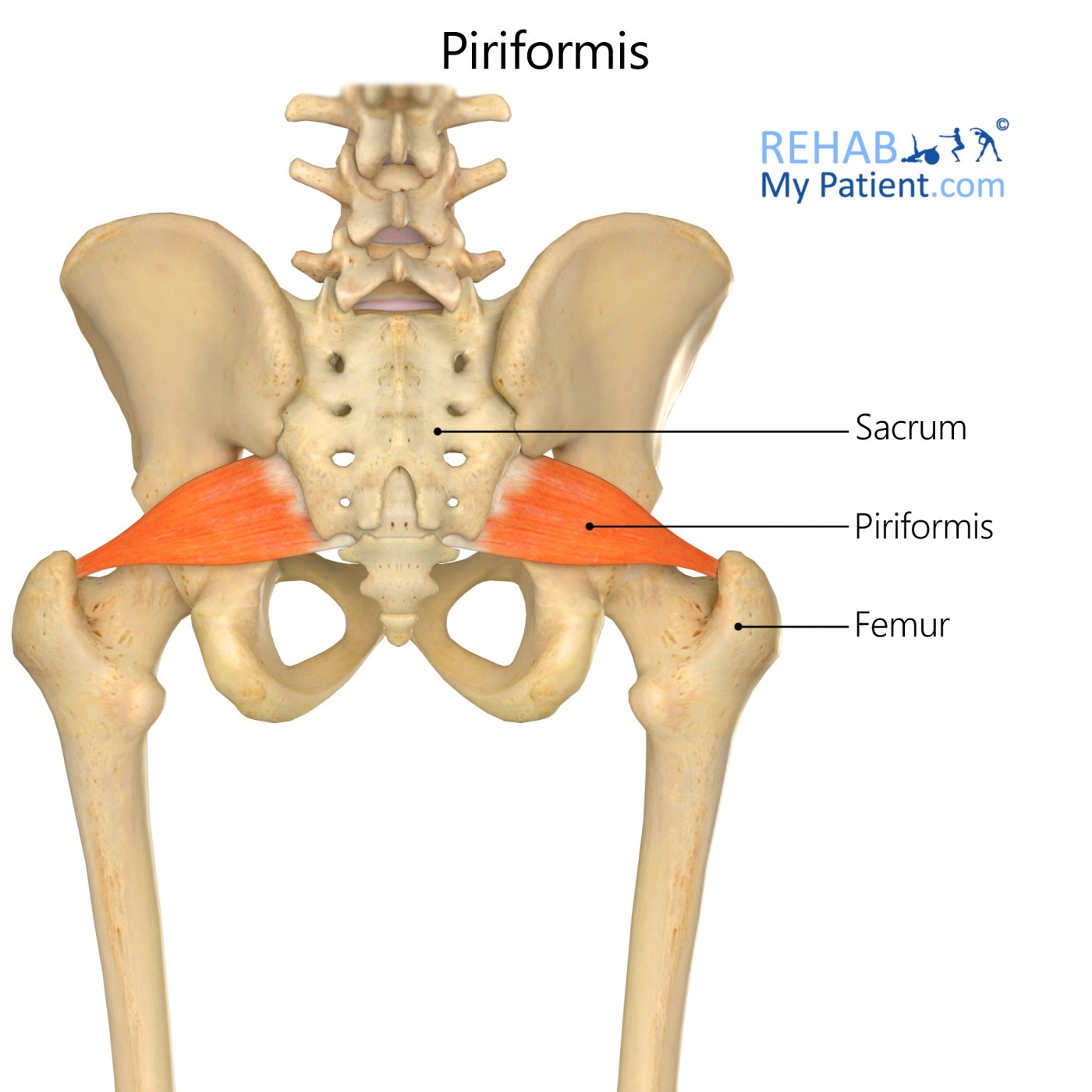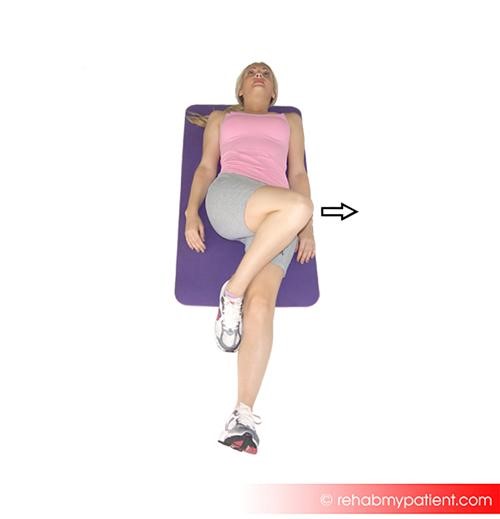
General information
The piriformis muscle is a flat muscle that lies almost analogous to the posterior border of the gluteus medius. It is one of six external muscles responsible for the lateral rotation of the femur in the joint of the hip.
Literal meaning
So named in the 16th century by a university professor, the piriformis, from the Latin musculus piriformis, means “pear shaped” and is reflective of its pyramidal shape.
Interesting information
Piriformis acts as a separator which divides the greater sciatic foramen into two parts: the inferior and superior. This has proven important as the division has greatly influenced the names given to the nerves and vessels in both sections.
Origin
The frontal part of the sacrum, the section of the spine in the gluteal region, by three fleshy digitations.
The upper margin of the greater sciatic notch (as well as the sacroiliac joint capsule and the sacrotuberous ligament).
To a lesser extent, from the capsule of the sacroiliac joint (the joint in the bony pelvis between the sacrum and the ilium of the pelvis) and the sacrotuberous ligament (which arises midway from the ulterior side of the sacrum).
Insertion
Upon exiting the pelvis by way of the greater sciatic foramen, it inserts on to the upper portion of the greater trochanter of the femur.
Function
Primarily, it is responsible for the lateral rotation of the thigh.
It also serves to abduct the thigh when there is flexion of the hip.
Nerve supply
Branch of sacral plexus (S1-2).
Blood supply
Inferior and superior gluteal and lateral sacral arteries.

Relevant research
Studies have revealed that piriformis syndrome is often overlooked but is sometimes the cause of sciatica. On anatomical examination, it was found that anomalous splitting/sectioning of both the sciatic nerve and/or the piriformis muscle may have led to compression of the sciatic nerve, resulting in sciatic nerve pain.
Similar studies have also suggested that injury to the piriformis muscle is a fairly common yet undiagnosed cause of pain in the legs and buttocks. In many cases, patients presented with tenderness to the buttocks radiating from the sacrum to the greater trochanter. Pain and tenderness were further aggravated by adduction, internal rotation and/or flexion of the hip.
References
Barton, P. M. (1991). Piriformis syndrome: a rational approach to management. Pain, 47(3), 345-352.
Beaton, L. E., & Anson, B. J. (1938). The sciatic nerve and the piriformis muscle: their interrelation a possible cause of coccygodynia. The Journal of Bone & Joint Surgery, 20(3), 686-688.
Sayson, S. C., Ducey, J. P., Maybrey, J. B., Wesley, R. L., & Vermilion, D. (1994). Sciatic entrapment neuropathy associated with an anomalous piriformis muscle. Pain, 59(1), 149-152.
Piriformis exercises
Tight and stiff muscles are prone to sprains, pulls and strains. Frequent stretches are important to ensure that your muscles remain agile and flexible.
Sit or lie with one leg outstretched. While holding the ankle of your other leg, pull upward and inward towards your chest. Hold this position for 10 seconds then release and alternate with the other leg.

Lie face down and bend one leg under your stomach, then lean towards the ground.

Sign Up
Sign up for your free trial now!
Get started with Rehab My Patient today and revolutionize your exercise prescription process for effective rehabilitation.
Start Your 14-Day Free Trial